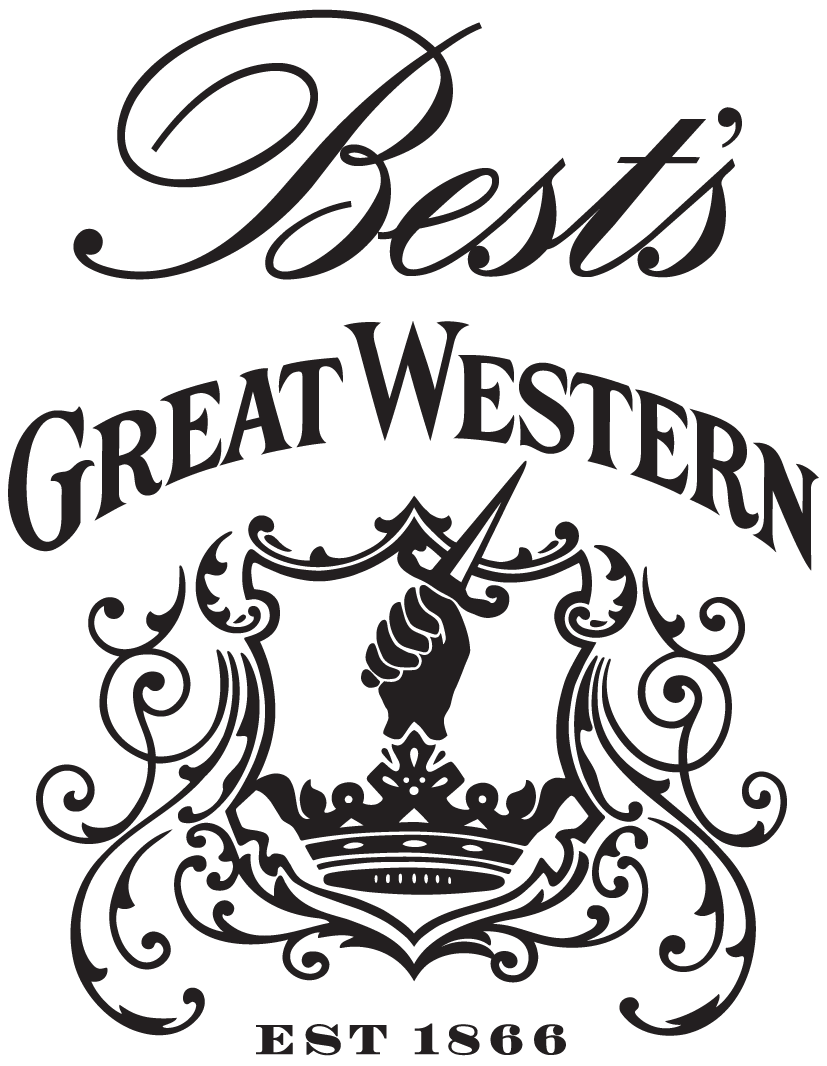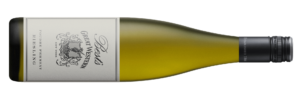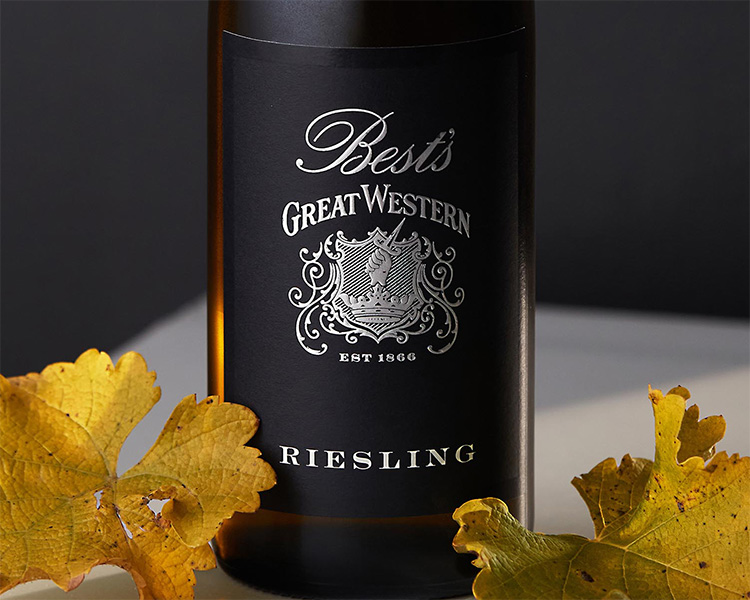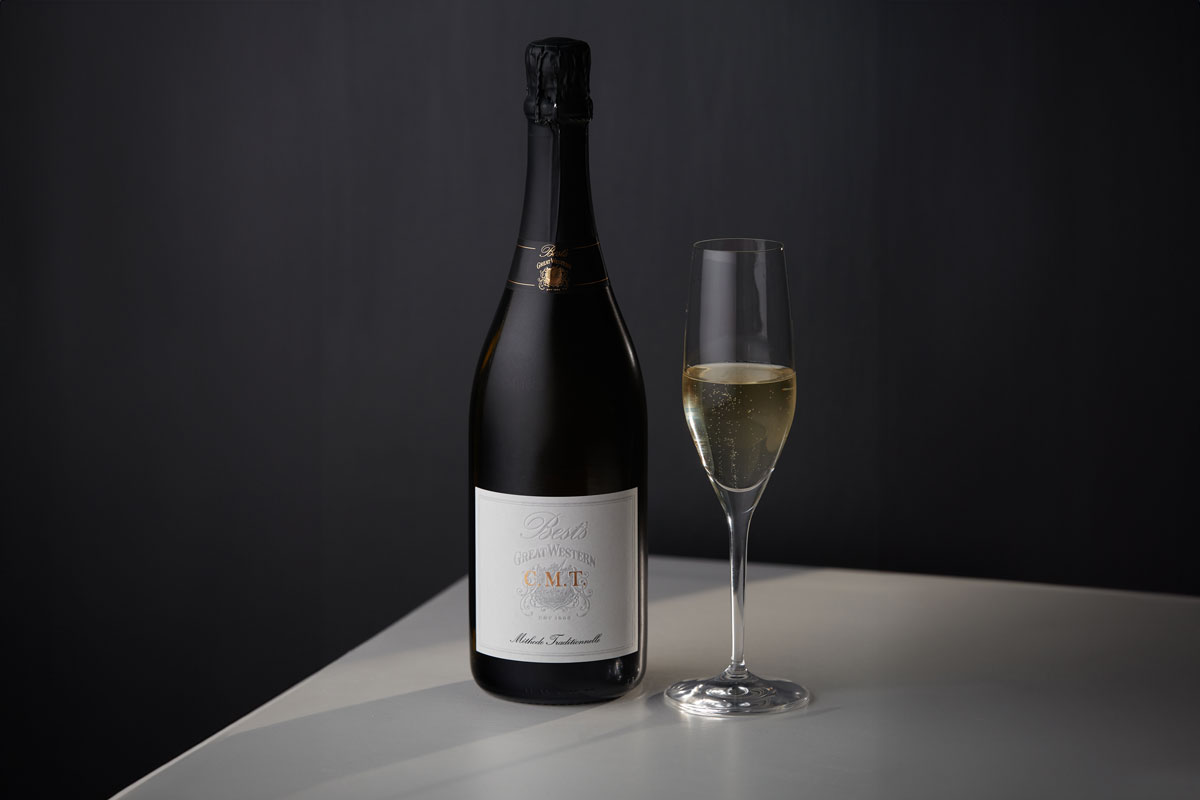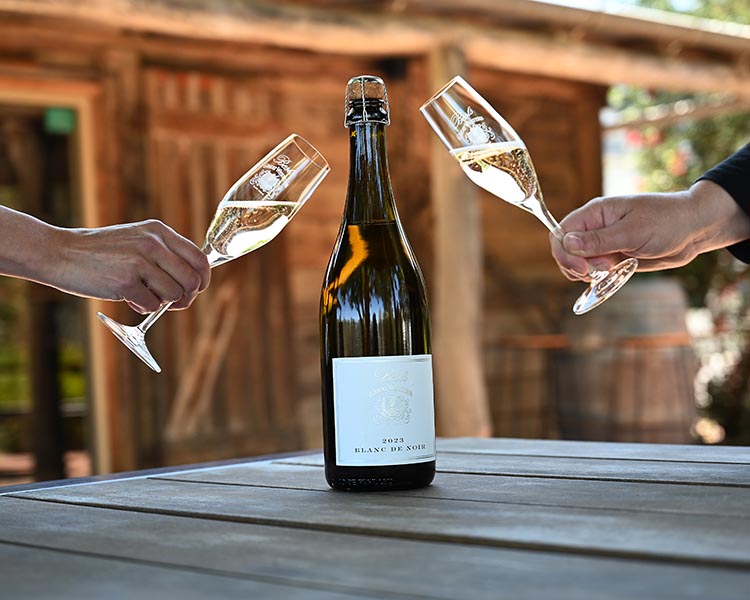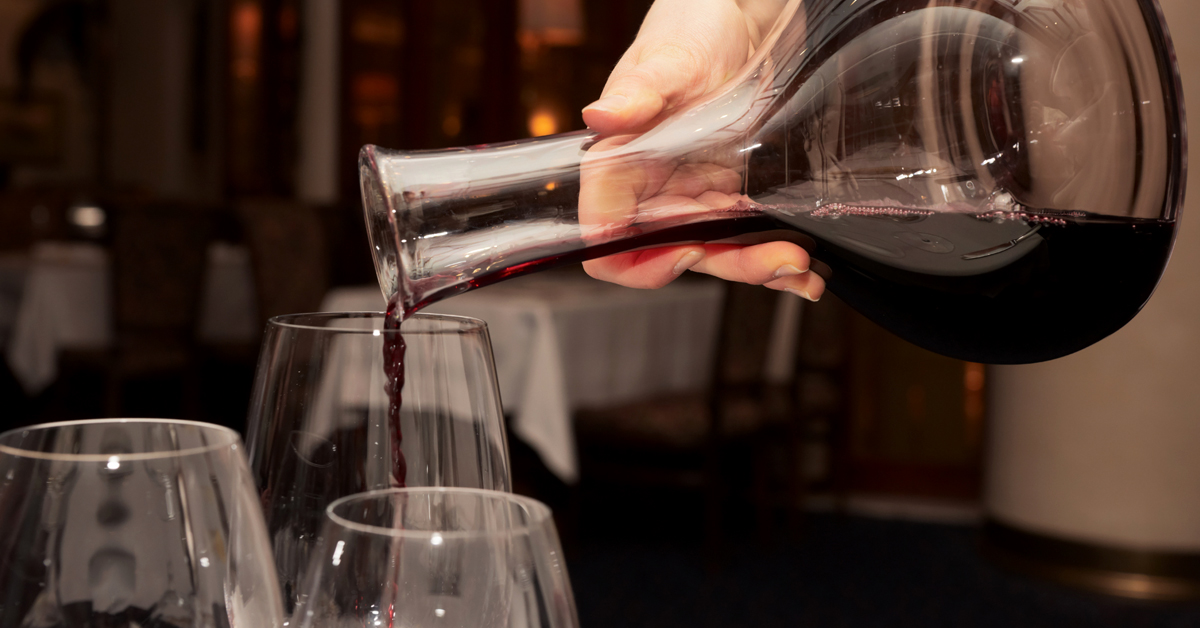What is a Foudre?
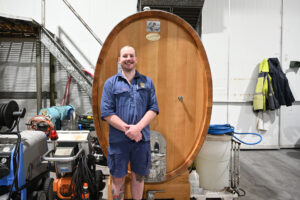
A foudre is a French term for a large wooden vat used for maturing, transporting and aging wine. Pronounced foo-druh, it is often used by winemakers to control the amount of oak flavour used in making wine.
What is the Size of a Foudre?
Foudres can range in size from 2,000 to 12,000 litres. The foudres we use here at Best’s are 2,500 litres in capacity.
What are the Benefits of a Foudre?
A foudre, being a larger format vessel than a typical barrique (225 litres), has a lower wine-to-wood exposure, resulting in fewer imparted oak flavours on the wine. A foudre is often used for decades, leading the oak flavours of the vessel to diminish over time.
Additionally, a lower surface-to-volume ratio creates less oxidative space, providing us with more control of the finished product. Depending on the designed wine style outcome, a foudre can be the perfect tool for the job. We certainly think so.
Why is a Foudre Used to Make 2023 Best’s Foudre Ferment Riesling?
The 2023 Best’s Foudre Ferment Riesling is matured in two different 2,500 litre oak foudres. The first arrived in 2011 and was crafted by Marc Grenier of Burgundy. The second arrived in late 2020, crafted by the famed Master Cooper, Vincent Bouchard and family in Schneckenleitner, Austria.
These artisans are among the most seasoned and established international craftsmen specialising in premium barrel production. We leverage their meticulous attention to detail and unwavering commitment to the craft, allowing us to create some of the highest quality riesling in our region.
Our Winemaker Jacob Parton explains why the foudre gives so much more complexity to the wine.
2023 Foudre Ferment Riesling
Our Foudre Ferment Riesling is highly acclaimed. Halliday Wine Companion awarded the 2021 vintage 2023 Wine of the Year. Our Winemaker Jacob Parton describes the process of making the latest vintage release of this small-parcel wine.
“Each year we select the best vineyard in the Great Western Geographical Indication and we pick the best looking fruit across multiple vineyards. In 2023 it was a rainy vintage. It was a little bit later- ripening. It had a better fruit load leading to better flavour. Good acidity and that’s the reason we chose that vineyard (Salvation Gully) for 2023. We left the fruit for extended skin contact for approximately 24 hours. What that does is it can kind of give a little more texture, which makes a much more interesting wine in the end. After 24 hours, we press it straight off the skins, a light cold settling, then racked into two foudres. We use an Austrian foudre and a French foudre, which have different interesting components.
The Austrian barrel, being a little newer, has a nice texture and structure. The French foudre gives a bit more roundness and delicate fruit flavours. This wine is wild fermented, and it is a long cold ferment, roughly 28 days. The cool thing about the wild ferment is it’s a little bit of an expression of their terroir, and it allows the fruit used to shine through, which is kind of special – so you know each year it’s going to have some slightly different characters.
Post-primary ferment, the wine does not go through malolactic fermentation, but we leave it on lees for up to 3 to 4 months, occasionally stirring as well. What this does is help build up the mid-palate and create a much more textural wine than a fresh, vibrant wine, such as our Great Western Riesling.
I think this is a special wine because it is trying to be very different. We’ve created a fresh vibrant wine that speaks of the vintage and the vineyard while building up complexity, depth and a lot of phenolics that really make this wine super interesting for all drinkers.It is a bit more challenging to make than our Great Western Riesling. We only really get one chance to do this once, so if anything goes wrong in one of those two foudres, there’s nothing you can do to salvage it. The pressure is on, but we believe we’ve gotten it right this year.”
Want to try the new release, 2023 Foudre Ferment Riesling?
Keen to discover more about the different styles of Best’s Riesling – read on to taste the styles we make and how they differ.
